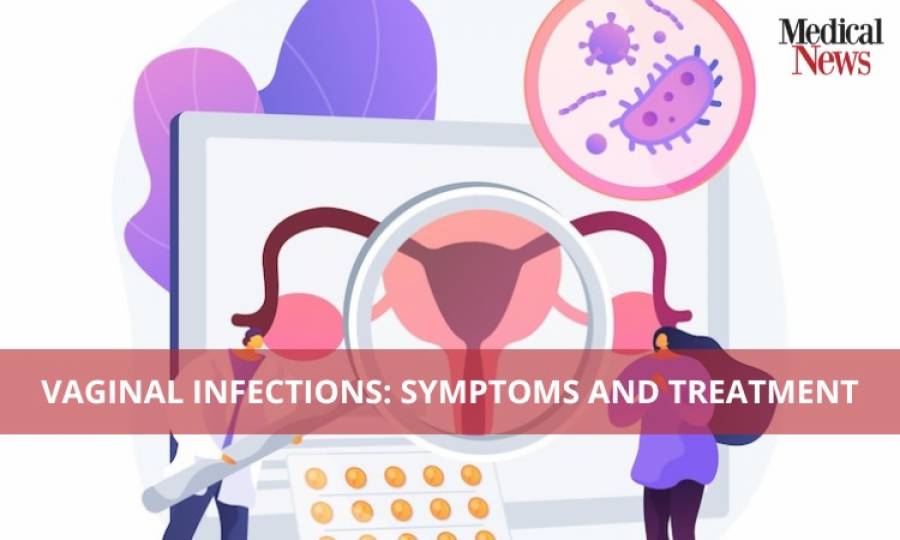Vaginal Infections: Symptoms and Treatment

Vaginal infections are responsible for causing infection or inflammation in the vagina. The most common age is the reproductive years, the teens till the early 40s. Vaginal infections are not always related to sexually transmitted diseases, but they are often confused with them and UTIs.
Types:
Vaginal infections can include:
- Bacterial vaginosis: This happens when the number of lactobacilli gets too low and is replaced by Gardnerella, which causes this infection. Slippery thick white or clear discharge is present. Not likely to burn or itch, although there is a fishy odor.
- Trichomonas vaginitis: This one is a sexually transmitted infection. Commonly called Trich caused by Trichomonas vaginalis. Yellow-gray or greenish vaginal discharge is present, along with a fishy odor. Some women also face pain during urination. There is redness, itchiness, and a burning sensation too.
- Yeast infections (candidiasis): the most common type of vaginal infection caused by Candida Albicans. The discharge is thick and white, resembling cottage cheese. There is also redness and itching.
Symptoms:
A range of symptoms can present themselves, including burning, itching, discharge, odor, pain during urination, bleeding, discomfort, etc. These symptoms do not always mean an infection is present, but it is essential to consult a doctor if they persist.
Risk factors:
Risk factors can be prolonged antibiotic use which can kill the normal flora of the vagina, birth control pills, uncontrolled diabetes, douching, hormonal fluctuations, pregnancy, weak immune system, using scented products, and sitting in moisture. These factors can increase the chances of vaginal infections tenfold.
Diagnosis:
Your healthcare provider will confirm your diagnosis by looking at the symptoms. Apart from this, a sample of vaginal discharge is needed to ensure the type. Medical history and pelvic examination are also important. Swabing the cervix and taking a urine sample to rule out any STIs is essential. Treatment then depends on the type of vaginal infection.
Treatment:
Antifungal medications like fluconazole can be given for yeast infections. They are available in the form of creams, ointments, tablets, and suppositories. They can be availed through prescription or over the counter. At-home remedies for mild infections include keeping the area clean, taking Epsom salt baths, and cold compress. Severe vaginal infections require long-term treatment and multi-dose oral medication. Pregnant women are not advised oral medications and accept other administration methods.
Prevention:
Taking preventive measures is the key to preventing vaginal infections from happening. Avoiding douching, using fresh undergarments and unscented products, using scented products like sprays or perfumes, replacing tampons frequently, changing wet clothing as soon as possible, keeping the area dry, and loose fitting clothes, hydration, nutrition, monitoring blood sugar levels and using condoms during sex. All these precautions can help lower your chances of getting a vaginal infection.
Always consult a doctor when symptoms persist, such as yellow or bloody discharge, difficulty, pain during urination, foul odor, itching, and burning. Especially during pregnancy, these symptoms should not be ignored as they can quickly become severe and lead to complications during delivery and breastfeeding.
Trending
Popular
Sindh pledges vigorous action to prevent poliovirus transmission
-
PMA stresses health equity on World ...
04:08 PM, 9 Apr, 2024 -
Dow University’s new rabies vaccine ...
12:18 PM, 28 Mar, 2024 -
IRD role lauded in advancing ...
02:53 PM, 12 Mar, 2024 -
Over one billion people worldwide ...
09:48 AM, 5 Mar, 2024




